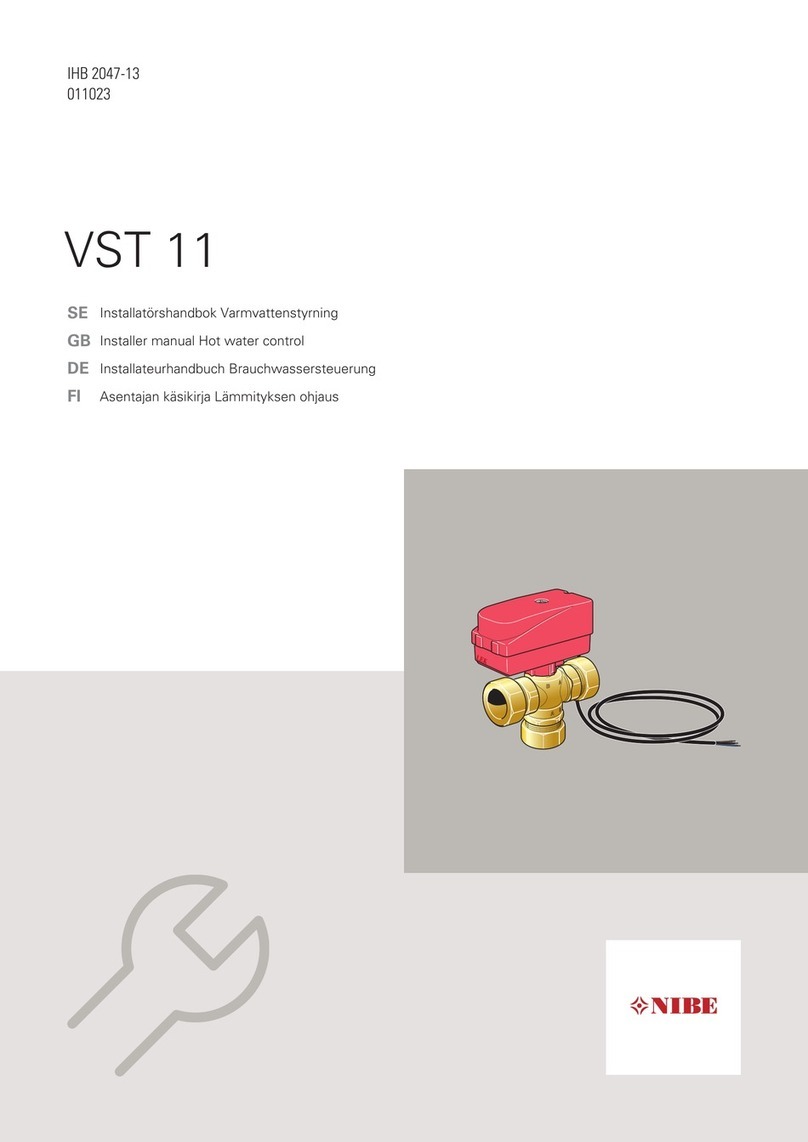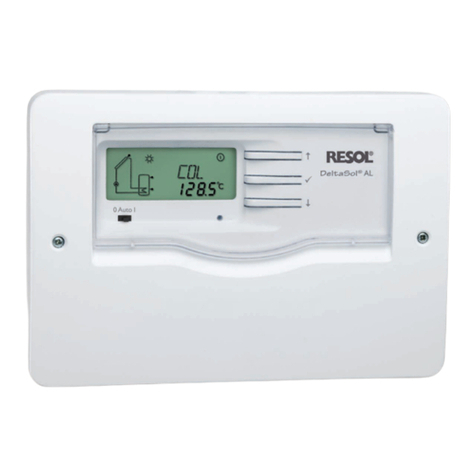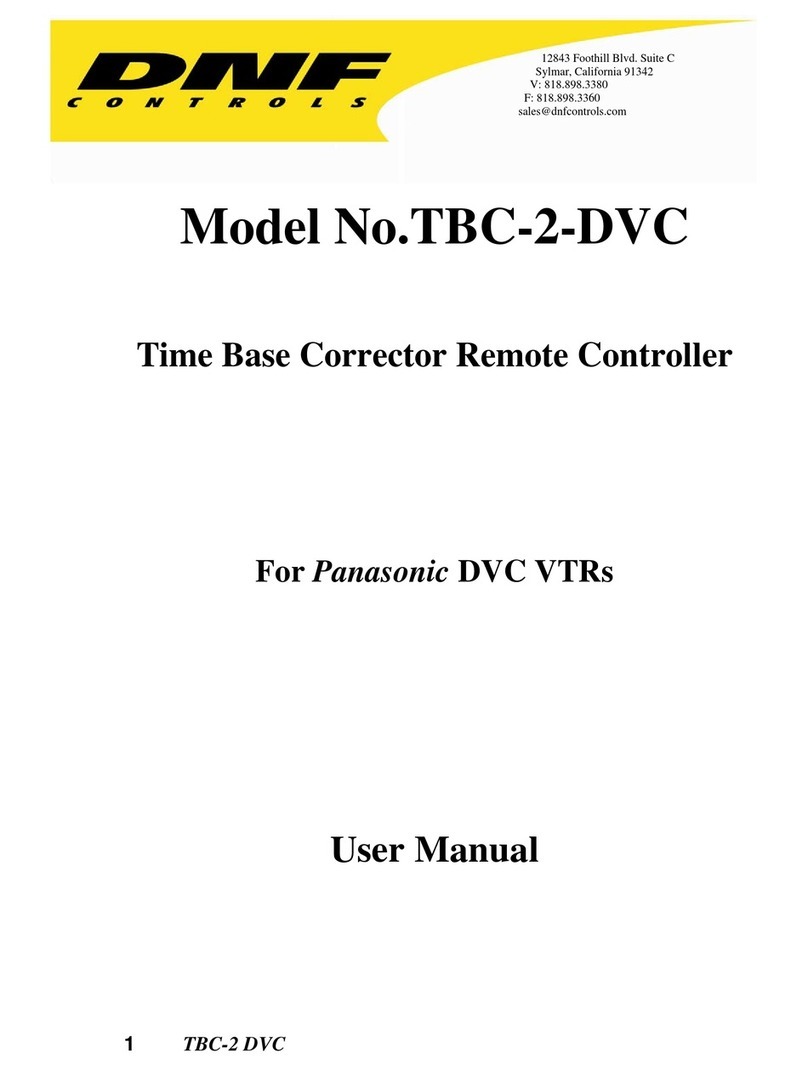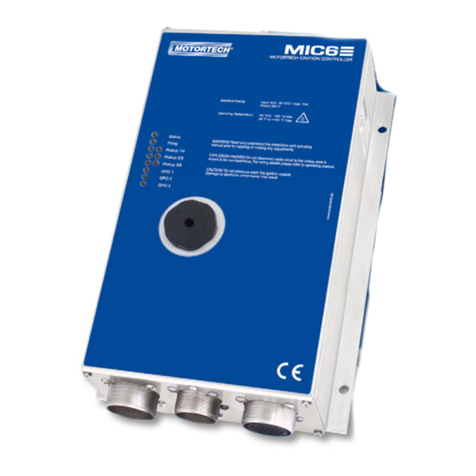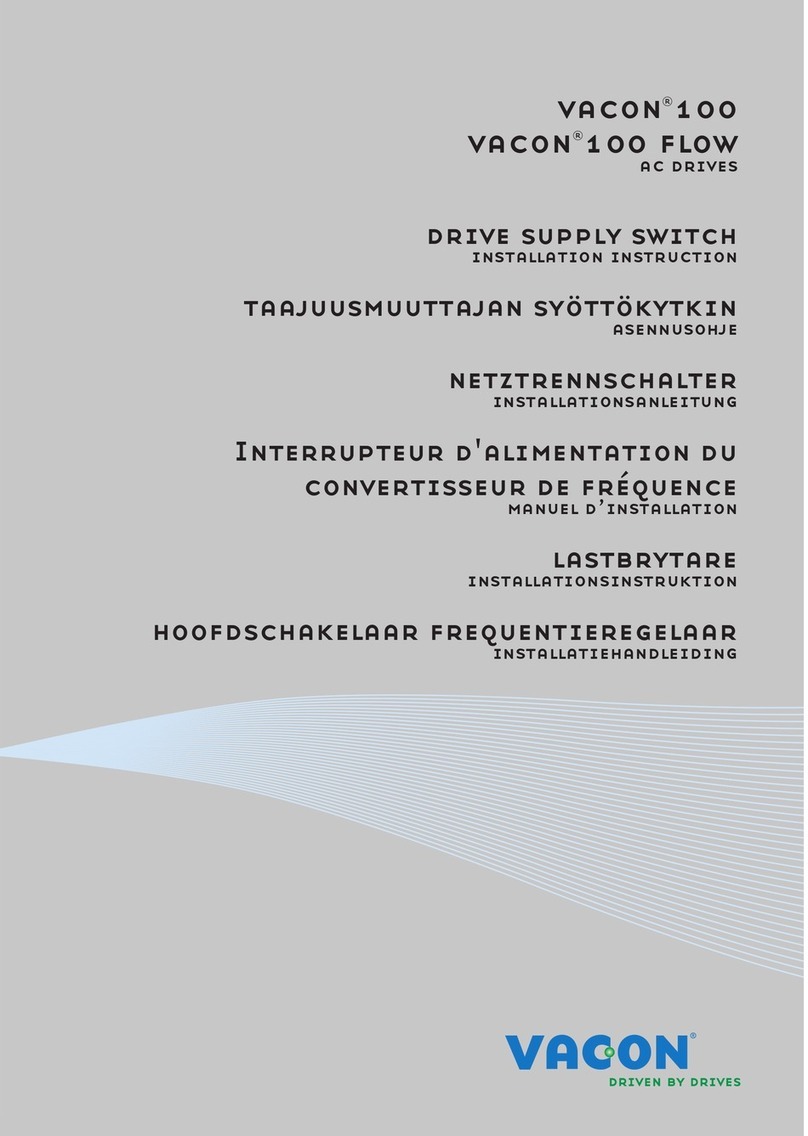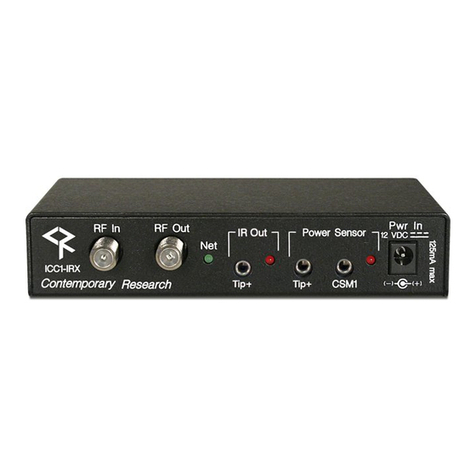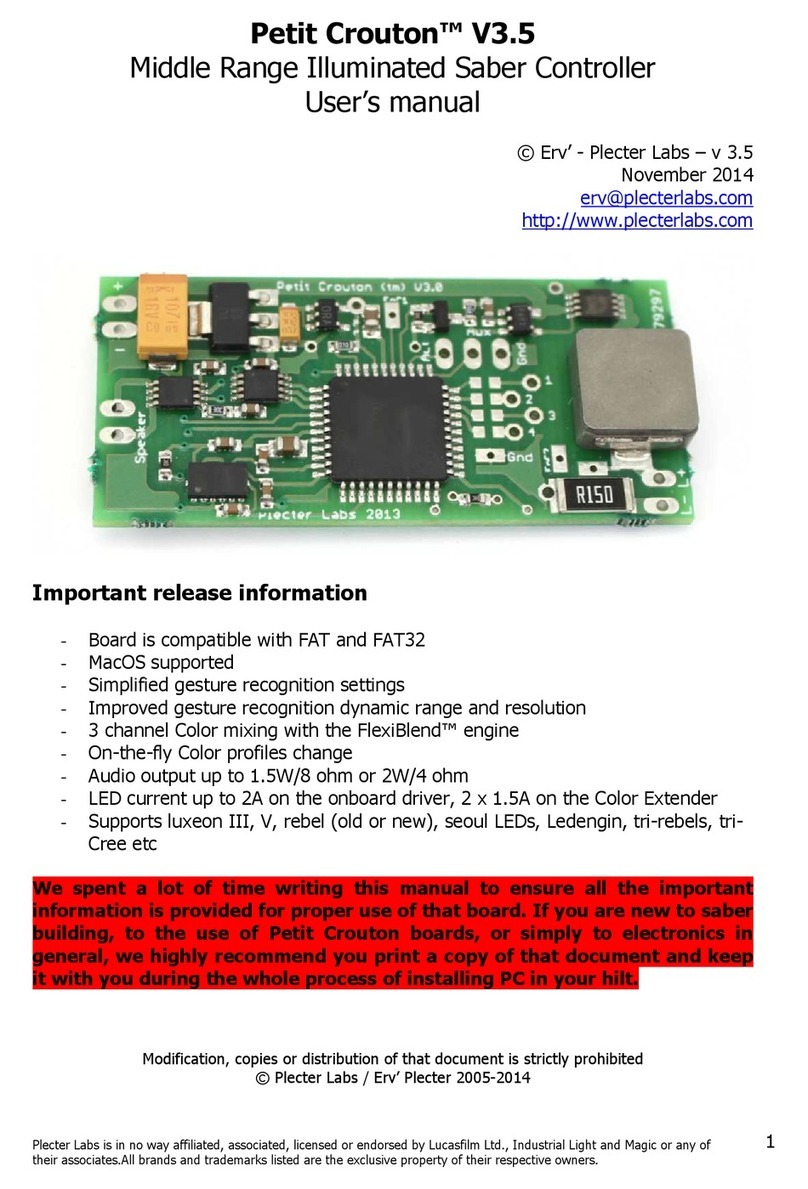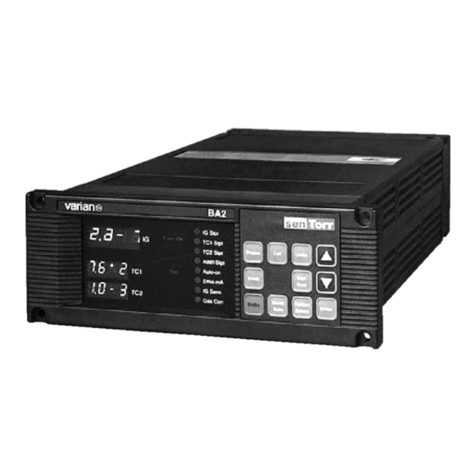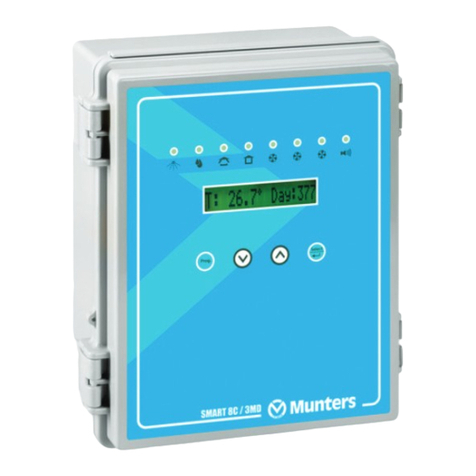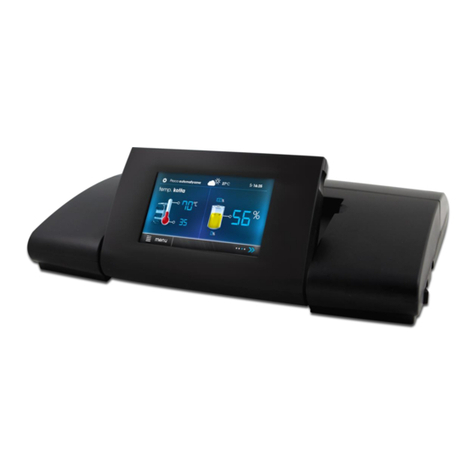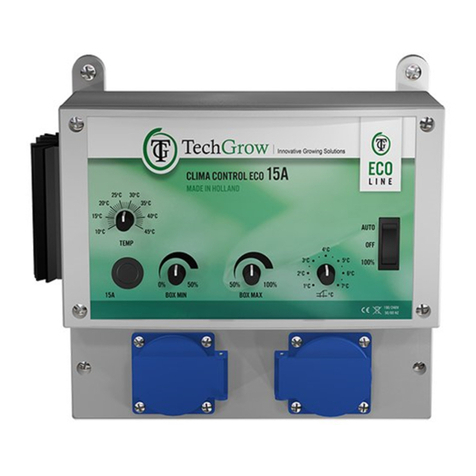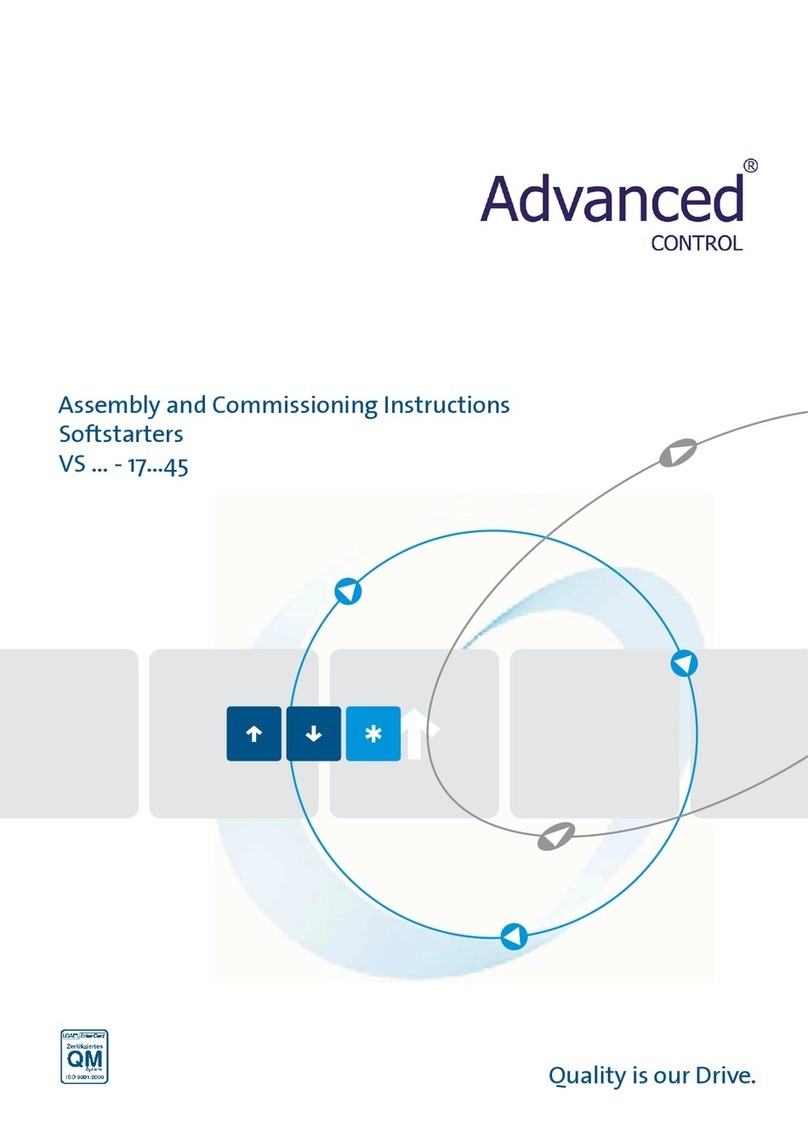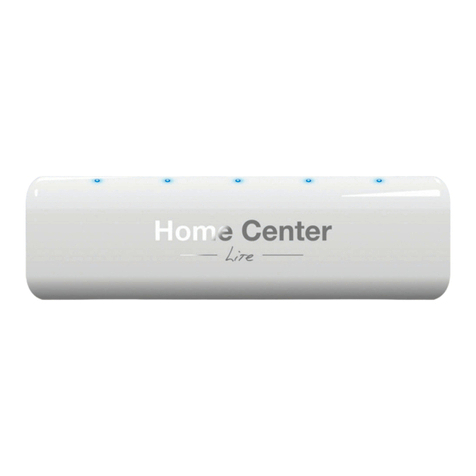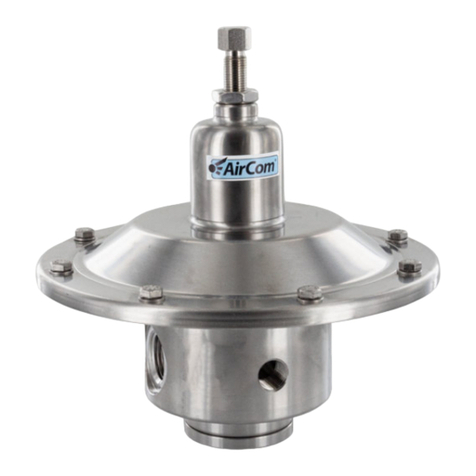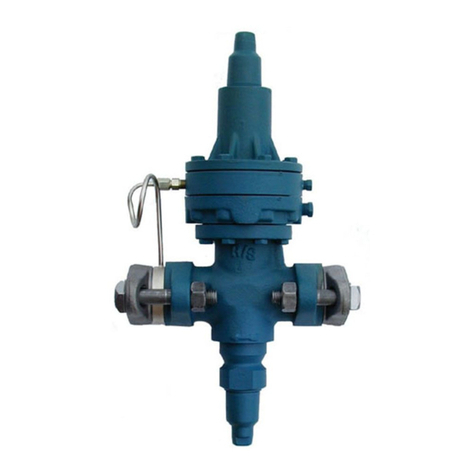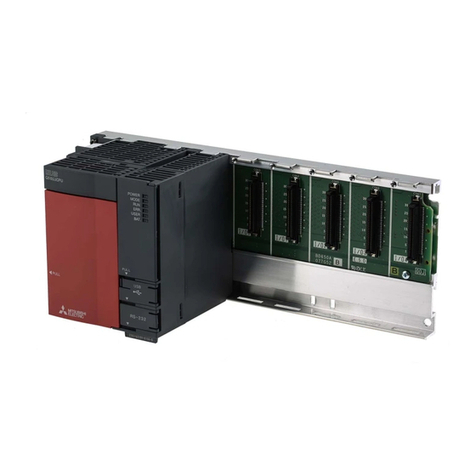
4 VS II ...-50...75
3. General description
Ramp control:
In the case of the soft starters of the VersiStart II type the motor voltage is changed in two phases
(1L1/5L3) by a generalized phase control and power semiconductors. Starting from an adjustable
starting trigger angle the trigger angle is continually reduced. Via the adjusted ramp-up time the
motor voltage increases according to a ramp function until the maximum value is reached. When
the acceleration time is over, the power seminconductors are bypassed by integrated relays and
the motor is directly supplied with power from the mains.
Current control:
If VersiStart II is operated with an external current transformer, current-controlled starts are imple-
mented. In this connection, the motor voltage is increased via a ramp function until the adjusted
starting current is reached. With this starting current, the drive is further accelerated until the
motor current decreases to approx. nominal current. Now, the power semiconductors are bridged
by the internal bypass relays. In this operating mode, the potentiometer setting of the starting time
only determines the steepness of the initial ramp function.
After opening of the start/stop-contact, the trigger angle is continuously increased via a ramp-
function, and, as a result, the motor voltage is decreased. The motor softly decelerates with the
adjusted deceleration time.
Acceleration time, starting voltage and deceleration time can be separately adjusted via potentio-
meters.
Acceleration or deceleration are effected by closing or opening of the contact on the terminals
X1/X2.
The boost function is switched on by bridging the terminals X1/X3. Thus, at the beginning of the
soft start, an increased starting voltage is applied to the motor for a period of 0.5s.
The power supply to the control electronics is effected via the power section. On request, the
power supply can also be implemented via an external power supply unit (24V min. 150mA DC).
The devices are suitable for an operation of 3-phase motors in star or delta connection.
Interconnection of motors in a so-called -connection is possible as well.
For -connection, it is necessary to use a main contactor K1, since one motor winding lies
directly between two phases.
4. Usage to the intended purpose
The devices of the VersiStart II-series are electrical equipment that is used in industrial electrical
power installations. They are designed for application in machines, in order to reduce the starting
torque and starting current peaks as well as the tripping torque of drives with three-phase
induction motors.
Typical Applikations
• door and gate drives
• pumps, ventilators, fans
• conveying systems
• packaging machines
• transport systems, assembly lines
• machine applications
3
3




















